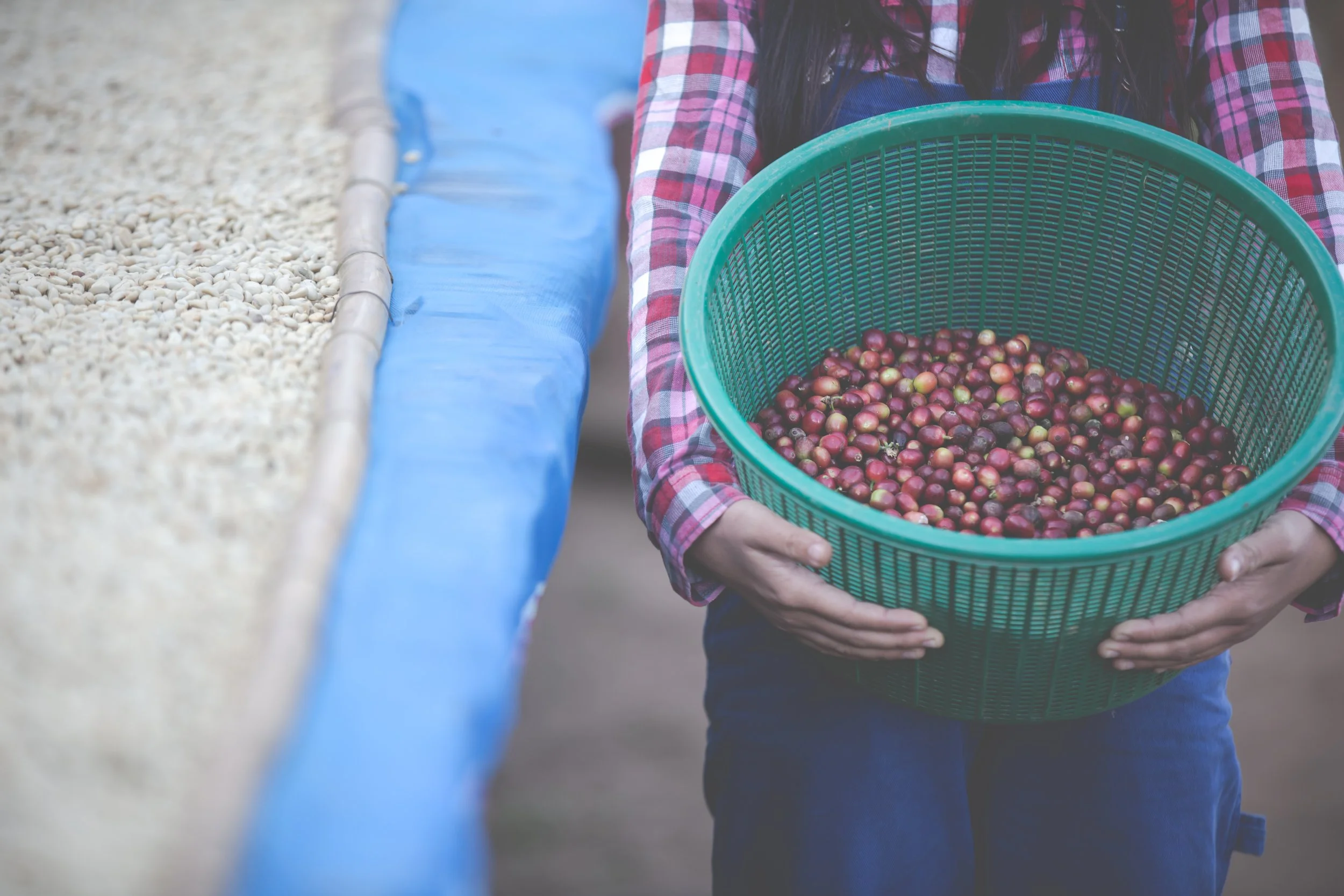Arabica vs Robusta: What’s the Difference?
Coffee is one of the world’s most beloved beverages, but not all coffee is created equal. Two main species dominate global production: Arabica (Coffea arabica) and Robusta (Coffea canephora). Understanding the differences between them can help you choose the right beans for your taste and brewing style.
Global Production
Arabica and Robusta are the two industrially grown coffee species. Other varieties, like Liberica, Excelsa, or Eugenioides, make up less than 2% of global production.
Arabica: ~70% of the world’s coffee
Robusta: ~30%
Arabica is more popular because it generally tastes better, but Robusta has its advantages. Interestingly, Arabica is a hybrid: it originated from crossing Robusta and Eugenioides, a rare low-caffeine species that grows on small shrubs and yields tiny beans.
Bean Shape and Appearance
Arabica beans: elongated, oval-shaped, flat crease
Robusta beans: rounder, smaller, straight crease
Arabica and robusta
These differences aren’t just cosmetic — they reflect the plant’s genetics, growth conditions, and flavor potential.
Growing Conditions
Arabica
Sensitive and demanding
Grows at 600–2,000 meters above sea level, sometimes higher
Requires careful care: fertilization, irrigation, pest management
Prone to diseases like leaf rust, so consistent monitoring is essential
Robusta
Hardy and resilient
Thrives in tropical climates, lowlands, and highlands alike
Tolerates heat, heavy rain, and pests
Less demanding — trees can grow larger (up to 13 meters) and produce higher yields
Countries of Origin
Arabica dominates in Brazil, Colombia, Ethiopia, and Central America. For example, Brazil produced around 3.2 million tons of Arabica in 2023, making it the world’s largest producer of this smooth and flavorful coffee.
Robusta dominates in Vietnam, Uganda, and Indonesia. Vietnam produced about 2 million tons of Robusta in 2023 — three times less than Brazil, but grown on much smaller plantation areas. Robusta is stronger, more bitter, and higher in caffeine, ideal for espresso and blends.
Taste Profile
Arabica
High in lipids and sugars, which enhance flavor complexity
Can taste sweet, fruity, floral, nutty, or citrusy, depending on the region and processing
Generally cleaner, smoother, and more acidic
Robusta
Higher caffeine and chlorogenic acids
Low in sugars and lipids, giving a bitter, earthy, and flat taste
Excellent for espresso crema — produces a thick, dense foam
Can contribute body and bitterness in blends
Even though Robusta is more robust, careful cultivation can improve its flavor. High-quality Robusta, managed properly, can sometimes rival neglected Arabica.
Price Differences
Arabica is more expensive because:
It requires high-altitude farms
Sensitive to climate and diseases
Needs more care and inputs
Robusta is cheaper because:
It grows in lower altitudes
Tolerates harsh conditions
Produces higher yields
Indicative commodity prices:
Robusta typically trades at around $1,500–1,700 per ton, reflecting its higher resilience and lower production costs.
Arabica is more expensive, usually $2,600–4,100 per ton, due to its delicate flavor, higher quality, and more demanding cultivation requirements.
These prices explain why many espresso blends combine Arabica and Robusta — balancing flavor, body, and cost.
Why Use Robusta at All?
Despite its simpler flavor, Robusta has important roles:
Adds crema and body to espresso
Contributes bitterness and chocolatey notes in blends
Popular in classic Italian espresso and cappuccino mixtures
Robusta is less suitable for filter brewing methods like pour-over or French press, where Arabica’s complexity shines.
Rule of thumb: Poor coffee is not about species; it’s about care. Arabica or Robusta — the quality depends on cultivation, harvesting, processing, and attention to detail.
Key Takeaways
Arabica: smoother, sweeter, more aromatic, grows in high altitudes, requires careful care.
Robusta: bitter, earthy, higher caffeine, resilient, produces better crema, cheaper to grow.
Blends: often combine both species to balance taste, body, and cost.
Quality matters more than species: even Robusta can be excellent if carefully grown; neglected Arabica can disappoint.
Coffee lovers often debate which species is “better,” but the truth is: each has its place. Understanding these differences helps you select the right beans for your preferred brewing method and taste profile.



